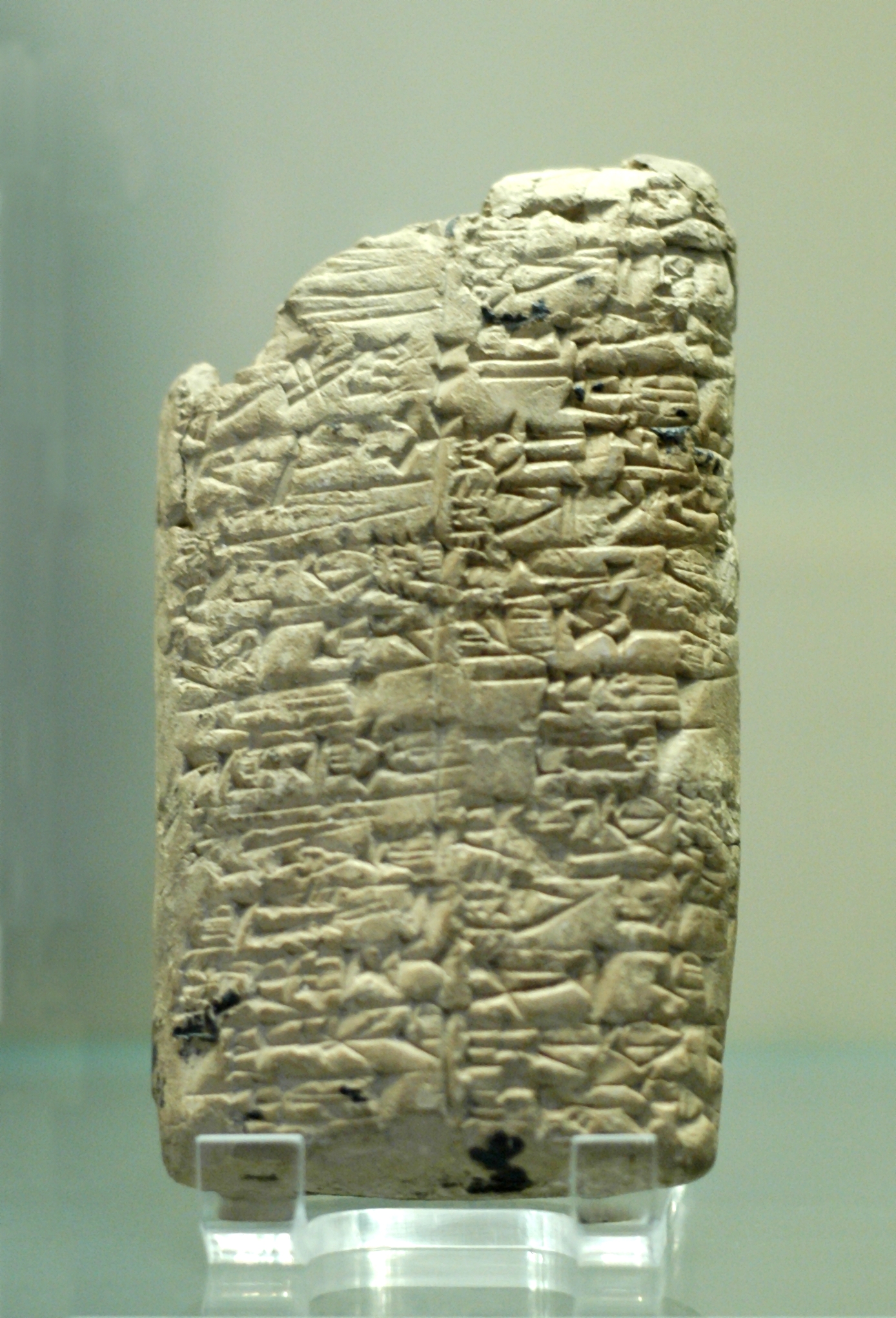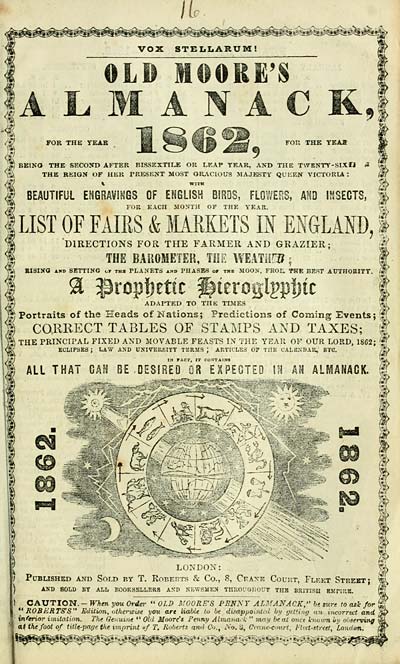|
Å umma Älu
Å umma Älu ina mÄlÊ ÅĄakin is the title for a series of a collected number of cuneiform texts of ancient Mesopotamia amounting to one hundred and twenty clay tablets. The title translates as ''If a City is Situated on a Height'', and it lists over ten thousand omens. Many of the omens listed in this group begin with the words "Å umma ina Äli ma'du (kind of people)," as in, "if there are too many kinds of people," and the omens in this group then proceed with a description of misfortune or negative occurrence. Similarities are recognised within the nature of the series and in other types of works that are concerned with hemerology and menology A menologium (, pl. menologia), also known by other names, is any collection of information arranged according to the days of a month, usually a set of such collections for all the months of the year. In particular, it is used for ancient Roman .... Homosexuality omens The text contains some omens related to homosexuality. Out of th ... [...More Info...] [...Related Items...] OR: [Wikipedia] [Google] [Baidu] |
Cuneiform
Cuneiform is a Logogram, logo-Syllabary, syllabic writing system that was used to write several languages of the Ancient Near East. The script was in active use from the early Bronze Age until the beginning of the Common Era. Cuneiform scripts are marked by and named for the characteristic wedge-shaped impressions (Latin: ) which form their Grapheme, signs. Cuneiform is the History of writing#Inventions of writing, earliest known writing system and was originally developed to write the Sumerian language of southern Mesopotamia (modern Iraq). Over the course of its history, cuneiform was adapted to write a number of languages in addition to Sumerian. Akkadian language, Akkadian texts are attested from the 24th century BC onward and make up the bulk of the cuneiform record. Akkadian cuneiform was itself adapted to write the Hittite language in the early second millennium BC. The other languages with significant cuneiform Text corpus, corpora are Eblaite language, Eblaite, Elamit ... [...More Info...] [...Related Items...] OR: [Wikipedia] [Google] [Baidu] |
Mesopotamia
Mesopotamia is a historical region of West Asia situated within the TigrisâEuphrates river system, in the northern part of the Fertile Crescent. Today, Mesopotamia is known as present-day Iraq and forms the eastern geographic boundary of the modern Middle East. Just beyond it lies southwestern Iran, where the region transitions into the Iranian plateau, Persian plateau, marking the shift from the Arab world to Iran. In the broader sense, the historical region of Mesopotamia also includes parts of present-day Iran (southwest), Turkey (southeast), Syria (northeast), and Kuwait. Mesopotamia is the site of the earliest developments of the Neolithic Revolution from around 10,000 BC. It has been identified as having "inspired some of the most important developments in human history, including the invention of the wheel, the planting of the first cereal crops, the development of cursive script, mathematics, astronomy, and agriculture". It is recognised as the cradle of some of t ... [...More Info...] [...Related Items...] OR: [Wikipedia] [Google] [Baidu] |
Clay Tablet
In the Ancient Near East, clay tablets (Akkadian language, Akkadian ) were used as a writing medium, especially for writing in cuneiform, throughout the Bronze Age and well into the Iron Age. Cuneiform characters were imprinted on a wet clay tablet with a stylus often made of Reed (plant), reed (reed pen). Once written upon, many tablets were dried in the sun or air, remaining fragile. Later, these unfired clay tablets could be soaked in water and recycled into new clean tablets. Other tablets, once written, were either deliberately fired in hot kilns, or inadvertently fired when buildings were burnt down by accident or during conflict, making them hard and durable. Collections of these clay documents made up the first archives. They were at the root of the first library, libraries. Tens of thousands of written tablets, including many fragments, have been found in the Middle East. Most of the documents on tablets that survive from the Minoan civilization, Minoan and Mycenaean ... [...More Info...] [...Related Items...] OR: [Wikipedia] [Google] [Baidu] |
Omens
An omen (also called ''portent'') is a phenomenon that is believed to foretell the future, often signifying the advent of change. It was commonly believed in ancient history, and still believed by some today, that omens bring divine messages from the gods. These omens include natural phenomena, for example an eclipse, abnormal births of animals (especially humans) and behaviour of the sacrificial lamb on its way to the slaughter. Specialists, known as diviners, variously existed to interpret these omens. They would also use an artificial method, for example, a clay model of a sheep liver, to communicate with their gods in times of crisis. They would expect a binary answer, either yes or no, favourable or unfavourable. They did these to predict what would happen in the future and to take action to avoid disaster. Though the word ''omen'' is usually devoid of reference to the change's nature, hence being possibly either "good" or "bad", the term is more often used in a foreb ... [...More Info...] [...Related Items...] OR: [Wikipedia] [Google] [Baidu] |
Almanac
An almanac (also spelled almanack and almanach) is a regularly published listing of a set of current information about one or multiple subjects. It includes information like weather forecasting, weather forecasts, farmers' sowing, planting dates, tide tables, and other table (information), tabular data often arranged according to the calendar. Celestial figures and various statistics are found in almanacs, such as the sunrise, rising and sunset, setting times of the Sun and Moon, dates of eclipses, hours of high and low tides, and religious festivals. The set of events noted in an almanac may be tailored for a specific group of readers, such as farmers, sailors, or astronomers. Name The etymology of the word is unclear. The earliest documented use of the word in something like its current sense is in Latin in 1267. Roger Bacon used it to mean a set of tables detailing movements of heavenly bodies including the Moon. It has been suggested that the word ''almanac'' derives fro ... [...More Info...] [...Related Items...] OR: [Wikipedia] [Google] [Baidu] |
Menology
A menologium (, pl. menologia), also known by other names, is any collection of information arranged according to the days of a month, usually a set of such collections for all the months of the year. In particular, it is used for ancient Roman farmers' almanacs (); for the untitled Old English poem on the Julian calendar that appears in a manuscript of the Anglo-Saxon Chronicle; for the liturgical books (also known as the menaia) used by the Eastern Orthodox Church and Eastern Catholic Churches following the Byzantine Rite that list the propers for fixed dates, typically in twelve volumes covering a month each and largely concerned with saints; for hagiographies (also known as synaxaria) and liturgical calendars written as part of this tradition; and for equivalents of these works among Roman Catholic religious orders for organized but private commemoration of their notable members. Name ''Menologium'' is the Latin form of Greek menologion (, ''menolÃģgion''), which is a ... [...More Info...] [...Related Items...] OR: [Wikipedia] [Google] [Baidu] |
Akkadian Literature
Akkadian literature is the ancient literature written in the East Semitic languages, East Semitic Akkadian language (Assyrian people, Assyrian and Babylonian language, Babylonian dialects) in Mesopotamia (Akkadian Empire, Akkadian, Assyria and Babylonia) during the period spanning the Middle Bronze Age to the Iron Age (roughly the 25th to 4th centuries BC). Drawing on the traditions of Sumerian literature, the Akkadians, Assyrians and Babylonians compiled a substantial textual tradition of mythological narrative, legal texts, scientific works, letters and other literary forms. Conversely, Akkadian also influenced Sumerian literature. Literature in Akkadian society Most of what we have from the Assyrians and Babylonians was inscribed in cuneiform (script), cuneiform with a metal stylus on tablets of clay, called ''laterculae coctiles'' by Pliny the Elder; papyrus seems to have also been utilised, but not been preserved. There were libraries in most towns and temples in Sumer, Akk ... [...More Info...] [...Related Items...] OR: [Wikipedia] [Google] [Baidu] |





